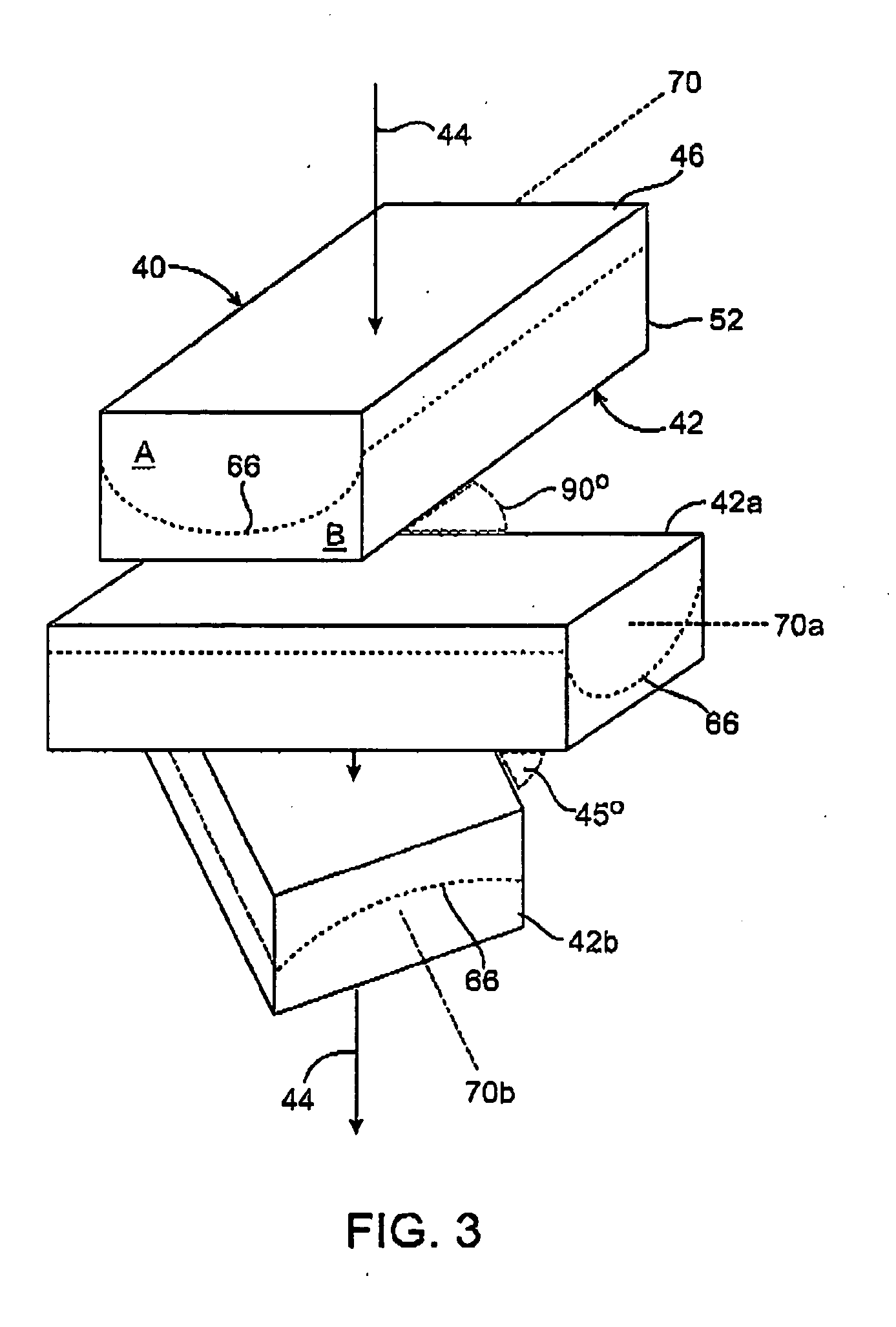Sphero cylindrical eye refraction system using fluid focus electrostatically variable lenses
a technology of electrostatic variable lenses and cylindrical spheres, which is applied in the field of optical devices and systems, can solve the problems of large volume, easy wear and damage, and high cost of automatic refractors
- Summary
- Abstract
- Description
- Claims
- Application Information
AI Technical Summary
Benefits of technology
Problems solved by technology
Method used
Image
Examples
Embodiment Construction
[0030] The present invention generally provides improved optical devices, systems, and methods. The invention often makes use of fluid lenses, particularly for varying a cylindrical axis or orientation, cylindrical power, spherical power, sphero-cylindrical characteristics, and / or other optical properties of a fluid / fluid interface. The relatively low cost, small size, light weight, and ease of manufacture of the fluid lenses described herein may allow common optical devices (such as binoculars, telescopes, cameras, microscopes, endoscopes, and even eye glasses) to compensate for cylindrical and / or spherical error of a user's eye by including these fluid lenses therein. While the devices and methods of the present invention are particularly well suited for measuring and / or compensating for standard aberrations of the human eye, they may also find applications in optical recording techniques, optical communications, optical signal processing and telecommunications, digital cameras, c...
PUM
 Login to View More
Login to View More Abstract
Description
Claims
Application Information
 Login to View More
Login to View More - R&D
- Intellectual Property
- Life Sciences
- Materials
- Tech Scout
- Unparalleled Data Quality
- Higher Quality Content
- 60% Fewer Hallucinations
Browse by: Latest US Patents, China's latest patents, Technical Efficacy Thesaurus, Application Domain, Technology Topic, Popular Technical Reports.
© 2025 PatSnap. All rights reserved.Legal|Privacy policy|Modern Slavery Act Transparency Statement|Sitemap|About US| Contact US: help@patsnap.com



